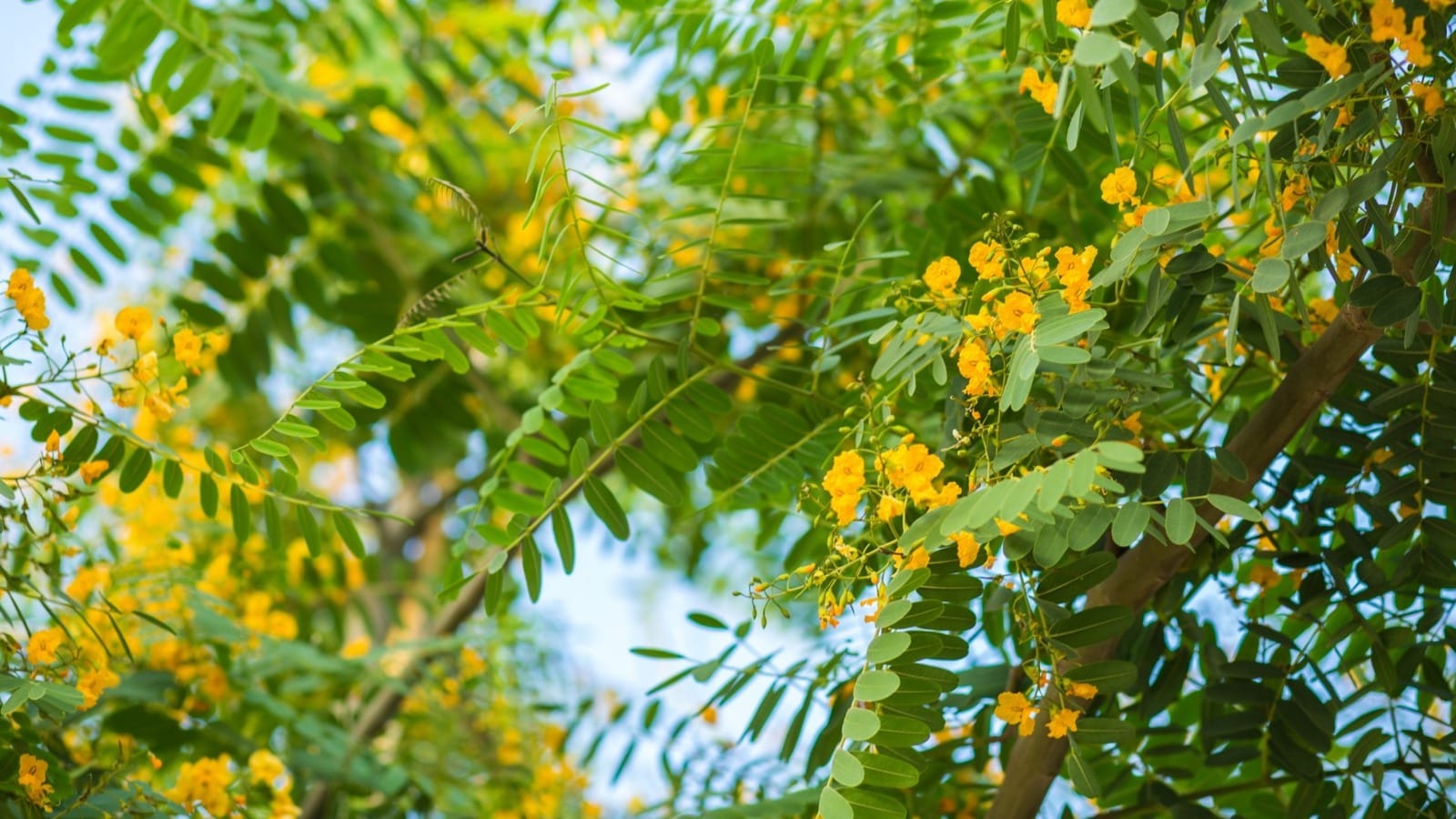This guide explores the Tipuana tipu tree, covering its growth, care, benefits, and potential drawbacks. From planting tips to unique insights, discover everything you need to know about this remarkable tree.
Unveiling the Tipuana Tipu: Growth and Appearance
The Tipuana tipu, also known as the Tipu tree, Pride of Bolivia, Rosewood, or Yellow Jacaranda, is a fast-growing, semi-deciduous tree celebrated for its shade, vibrant flowers, and versatile wood. Native to the tropical forests of South America (Bolivia, Argentina, Brazil, Paraguay, and Uruguay), it thrives in warmer climates, typically USDA Hardiness Zones 9-11.
This majestic tree can reach impressive heights and widths, often exceeding 60 feet, creating a substantial, spreading canopy. Its delicate, fern-like, pinnate leaves provide a soft, textured appearance, while the showy clusters of golden-yellow to orange flowers add a striking burst of color, especially during the summer months.
Planting and Care: Nurturing Your Tipuana
The Tipuana tipu is surprisingly adaptable, tolerating a range of soil conditions, from moist to dry. This adaptability makes it a versatile choice for various landscapes. When planting a Tipuana tipu, select a location with at least six hours of direct sunlight per day. While it can tolerate some shade, full sun promotes optimal growth and flowering.
Initially, regular watering is essential to establish a healthy root system, but once established, the Tipuana tipu becomes quite drought-tolerant, requiring minimal watering, except during extended dry periods.
While not strictly necessary, light pruning during the dormant winter months can help maintain the tree’s shape, encourage bushier growth, and mitigate the risk of branch breakage in strong winds, to which younger branches are particularly susceptible. This proactive approach can prevent potential hazards to people and property below.
Weighing the Pros and Cons: A Balanced Perspective
Like any plant, the Tipuana tipu has its advantages and disadvantages:
The Upsides of a Tipuana
- Rapid Growth: Providing quick shade and a windbreak, the Tipuana tipu grows remarkably fast, offering swift landscaping results.
- Drought Tolerance: Once established, its drought resilience makes it a low-maintenance choice for drier climates or water-wise landscaping.
- Aesthetic Appeal: With its delicate foliage, vibrant flowers, and expansive canopy, the Tipuana tipu is a stunning addition to any landscape.
- Adaptable Nature: Tolerating various soil conditions, even those less than ideal, provides planting flexibility.
- Durable Timber: Its strong, fibrous wood offers practical applications in construction and sometimes as firewood, showcasing its versatility beyond ornamental value.
The Potential Downsides
- Invasive Roots: The aggressive root system can pose a threat to sidewalks, foundations, and underground pipes, demanding careful planning and potentially the use of root barriers.
- Messy Debris: The abundance of falling flowers, leaves, seed pods, and branches requires regular cleaning, increasing landscape maintenance.
- Large Size: Requiring considerable space, its expansive growth may overwhelm smaller yards or conflict with power lines, necessitating strategic placement.
- Aphid Attraction: While generally pest-resistant, Tipuana tipu trees can sometimes attract aphids, which secrete a sticky honeydew that coats surfaces and attracts ants.
- Brittle Branches: While the mature wood is strong, younger branches can be brittle and prone to breakage in strong winds, emphasizing the importance of regular pruning.
Beyond the Basics: Unique Insights and Untapped Potential
Beyond its common uses, the Tipuana tipu holds untapped potential:
- Long-Term Costs: While fast growth is attractive, factor in the long-term costs of maintenance, potential damage repair from roots and falling branches, and the ecological impact of potential invasiveness.
- Sustainable Alternative: Consider the tagua nut as a sustainable alternative for certain applications, offering unique properties and reducing reliance on traditional timber sources.
- Microclimate Effects: The dense shade can impact the surrounding microclimate, potentially reducing sunlight for understory plants and increasing dampness.
- Invasiveness Management: Implementing root barriers, regular monitoring, and responsible planting practices can mitigate its invasive tendencies in susceptible regions.
- Regional Considerations: Research local regulations and climate conditions to ensure responsible planting and address specific regional concerns.
- Traditional Uses: Some evidence suggests traditional medicinal uses for the Tipuana tipu, an area ripe for further research.
Making an Informed Decision
The Tipuana tipu can be a stunning addition to the right landscape, but careful consideration of its size, maintenance needs, and potential invasiveness is crucial. By weighing the pros and cons and understanding the tree’s growth habits, you can make an informed decision about whether the Tipuana tipu is the right fit for your environment. If you’re looking for a fast-growing shade tree and can manage its potential drawbacks, the Tipuana tipu may be a rewarding choice. However, if space is limited or low-maintenance landscaping is a priority, exploring alternative options might be more suitable.
- 1 Liter to Fluid Ounces: Easy Conversion Guide - April 9, 2025
- Unlock what is the seventh month: A Cross-Cultural Calendar Guide - April 9, 2025
- Discover White Fruits: Ultimate Guide to Taste & Nutrition - April 8, 2025

















1 thought on “Tipuana Tipu Tree: A Comprehensive Guide to Growing and Care”
Comments are closed.